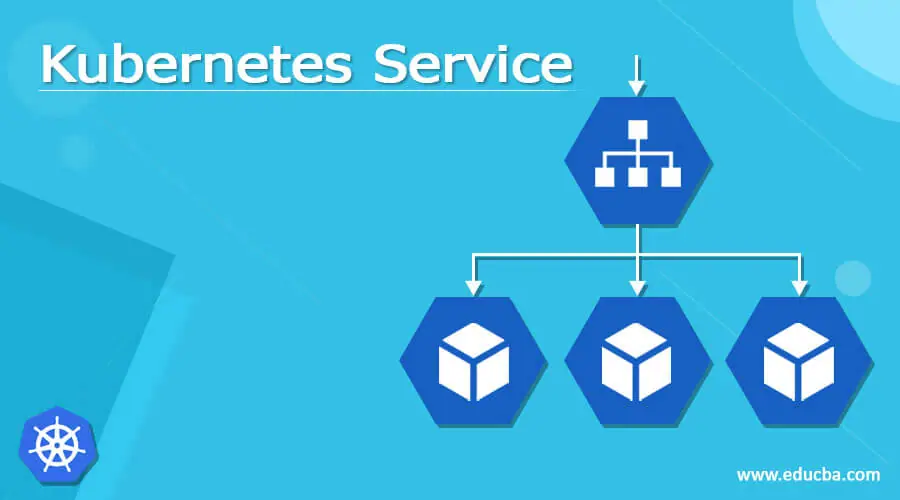Kubernetes is an open-source system for managing containerized applications across a cluster of nodes. Kubernetes as a service was initially designed by Google and is now maintained by the Cloud Native Computing Foundation.
Managing and orchestrating containerized applications
Kubernetes is a container orchestration system that simplifies managing and deploying containerized applications. By automating the distribution, scaling, and management of containers, Kubernetes reduces the complexity of working with large-scale deployments. In addition, Kubernetes enables developers to declaratively describe their desired application state, making it easier to deploy and manage applications consistently.
Finally, by using Kubernetes, developers can focus on writing code rather than spending time managing infrastructure. As a result, Kubernetes has become the de facto standard for managing containerized applications at scale.
Scheduling workloads
As a Kubernetes Consultant, I often get asked about what Kubernetes is used for. While there are many answers to this question, one of the most common use cases for Kubernetes is scheduling workloads. Kubernetes provides a powerful and flexible way to schedule workloads on a cluster of servers.
This function can be used to improve performance and utilization or to fine-tune the distribution of work across a fleet of servers. Kubernetes also makes it easy to dynamically scale up or down the number of servers in a cluster based on changing needs. This makes Kubernetes an ideal solution for companies that want to adapt to changes in demand quickly. Kubernetes is also becoming increasingly popular for cloud-native applications, which are designed to be run in a distributed environment. By using Kubernetes to schedule workloads, these applications can take advantage of the scalability and flexibility that Kubernetes offers.
Rolling out updates
One of the main features of Kubernetes is its ability to roll out updates to a live application without downtime. Rolling out updates is accomplished by first deploying the update to a small number of nodes, testing it to ensure that it works as expected, and then gradually rolling it out to more nodes until the entire application has been updated. This process can be automated using Kubernetes’ Deployment objects, which allow developers to specify how an application should be deployed and updated declaratively. As a result, Kubernetes can significantly simplify the process of rolling out updates to a live application.
Providing self-healing capabilities
Kubernetes provides self-healing capabilities that make it an attractive option for managing containerized workloads. For example, Kubernetes will automatically detect and replace failed containers and can automatically reschedule them to avoid overloading any single node. This self-healing ability enables Kubernetes to provide high availability for applications running in a Kubernetes cluster.
In addition, Kubernetes also provides other features that can help to improve the availability of applications, such as rolling updates and fault tolerance. As a result, Kubernetes is a valuable tool for anyone looking to deploy and manage containerized workloads in a production environment.
Conclusion
Kubernetes is a container orchestration system that has become the de facto standard for managing containerized applications at scale. Kubernetes provides several features that make it an attractive option for managing containerized workloads in a production environment, including self-healing capabilities, rolling out updates, and scheduling workloads. So if you’re looking to deploy and manage containerized workloads, Kubernetes is a tool you should consider.













